Feral cats are usually mixed with stray ones, and even both are unowned cats there is a big difference. Feral cats are raised in the wild and have minimal contact with humans.
According to feral cat statistics, there are at least 32 million feral cats in the United States, and many believe this number goes up to 70 million. It isn’t possible to know the exact number of feral cats because of many newborn kittens due to minimal spayed and neutering cats. Do you know how many feral cats are born each year?
They are hunters and have the instinct to survive due to lack of care which includes starvation. In many cases, they kill only because of fun, which causes a lot of damage to the ecological world. Do you know how many species are declining because of cats?
To find put newest facts, we prepared a list of 11 feral cat statistics.
5 Feral Cat Facts
(Editor’s pick)
- The population of feral cats in the United States is at least 32 million.
- According to stats, feral has a shorter lifespan than house cats.
- Feral cats are responsible for the decline of more than 25 species.
- Around 14% of households provide care to outdoor cats.
- TNR method can reduce the number of cats by 55%.
List Of 11 Feral Cat Statistics
1. The population of feral cats in the United States is at least 32 million
Unfortunately, there are no data on the exact number of feral cats that live in the United States, and there are only a few pieces of evidence in last years that show approximately the number.
The population is around 32 million, which includes abandoned, lost, and those that are born in wild. Around 76% of them live in urban areas ad there is the belief there are more than 73 million unowned and feral cats now.
Female feral cats have an average of 1.6 litters every year with an average of 5 kittens. Males are responsible for approximately 7 pregnancies each year. Almost 80% of feral kittens will die before they turn 1 year, mostly because of starvation or diseases.
Source: felineresearch.org
2. Two unsterilized cats can produce around 420,000 in seven years
All statistics show how unsterilized cats can have thousands of new kittens in a few years. According to research, two unsterilized cats and their offspring can have about 420,000 in seven years. A significant number of feral cats come from accidental litters because of unsterilized pets.
Source: felineresearch.org
3. APPA statistics show there is no evidence of the percentage of sterilized feral cats
According to American Pet Products Associations from 2019 to 2020. there are around 93% sterilized pet cats. Comparing it to the feral cat population, studies show that various in sterilization rate is on local level In some areas there are no sterilized feral cats, while in other areas there are nearly 100% sterilized feral cats because of intensive trap-neuter-rerun programs.
Source: felineresearch.org
4. According to stats, feral has a shorter lifespan than house cats
Feral and other outdoor cats, according to statistics, will have a much shorter lifespan than adopted cats that have all needed care in the home. I
t is mostly due to bad conditions such as lack of needed food, extreme cold or hot weather, diseases, injuries, and much more. Studies show that sterilized cats that are fed regularly will live around 7-10 years and even longer.
Source: petpedia.co
5. Around 14% of households provide care to outdoor cats
Even if “free-roaming cats” including stray and feral and stray ones don’t have much contact with humans, especially feral ones, there are still many households there providing care so they can have food and water on a daily basis.
According to results from the American Pet Products Association’s 2019–2020 around 14% of households in the United States left food and water for feral and stray cats, and all of them have pet cats.


Source: felineresearch.org
6. Feral cats produce an average of 80% of all kittens in the United States each year
One of the biggest problems with cat overpopulation is the lack of spaying and neutering feral cats. Because they usually don’t have contact with humans, the vast majority of them will produce thousands of kittens every year. According to cat statistics, feral cats produce around 80% of all kittens in the United States.
Unfortunately, kittens can’t be adopted, and this is the main reason why the euthanasia rate is very high in areas with a bigger population of these animals.
Source: petkeen.com
7. Feral cats are responsible for the decline of more than 25 species
Outdoor cats, including feral cats, are one of the biggest human threats, not only for humans but for many animals, as well. According to different data, feral cats affected the reduction of more than 120 species on some islands, including penguins, songbirds, and other ones.
Feral and stray cats are responsible for the decline of 27 species, which includes 25 reptile species, said statistics.
Source: petpedia.co
8. Each feral cat kill 7 birds every year
There is no exact number of birds nationwide, but according to different statistics, this number is around 500 billion. Cat killing birds statistics show that each feral cat will kill 7 birds every year, which means that a quarter of community cats’ prey is all types of birds.
Birds are in the third place when it comes to species that feral cats kill, right behind reptiles and small mammals like mice, squirrels, chipmunks, and rabbits.
Source: tuckahoevet.com
9. TNR method can reduce the number of cats by 55%
The only solution is population control, which is more difficult with feral cats. Some areas have Trap, Neuter, and Releases (TNR) program which does not reduce the existing population but limits newborn ones in the future.
A study showed that the long-term effect of TNR can reduce the number of community cats by 55%. This method increased the average lifespan of stray cats by reducing the diseases’ prevalence.
One of the examples from 1999, shows how the program fixed feral cats for free. The California Veterinary Medical Association’s Feral Cat Altering Program performs 170,334 surgeries using the TNR method, and they were awarded for three years in a row.


Source: petpedia.co
10. Feral cats kill around 1.4 billion native Australian animals every year
Every year around 2.8 million feral cats roam the Australian continent, and this number can sometimes go up to more than 5 million, depending on the number of newborn feal kittens.
According to reports from the last few years, every year individual feral cats kill 390 mammals, 130 birds, and 225 reptiles in Australia. The final report shows that feral cats kill about 1.4 billion native Australian animals.
Source: felineresearch.org
11. Italy has a large number of no-kill shelters for the feral cat population
According to statistics, in Italy, there are around 9.5 million domestic cats. The country has a large number of non-kill shelters specifically for stray and feral cat populations. One of the most famous shelters is the Torre Argentina Cat Sanctuary, which is located in Largo di Torre Argentina in Rome. In this shelter, many stray and feral cats enjoy a free-roaming status.
In Italy, there is Le Gattares, a group of women in the largest cities across Italy that are guardians of feral and stray cat populations in their localities. Women are responsible for daily caring which include feeding.
Source: worldatlas.com
To Sum Up
All the feral cat population statistics show there are more than 32 million animals only in the United States. hey have minimal contact with humans but still, 14% of households left food and water so they can have a longer lifespan. Feral cats are hunters and their instinct to survive lead to the decline of many species mostly including mammals and birds. The neutering and spaying rate is very low in most areas but the TNR method successfully reduces the number of newborn cats.




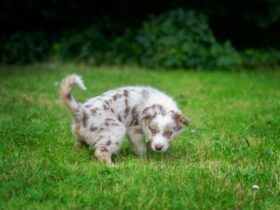
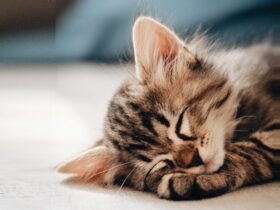


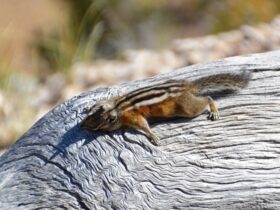












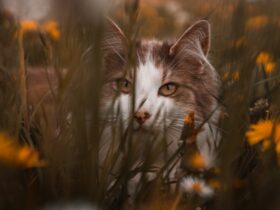
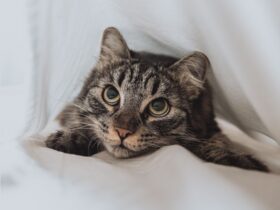
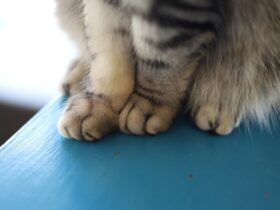



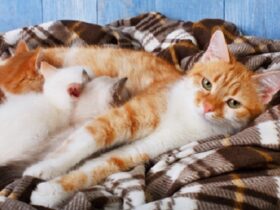
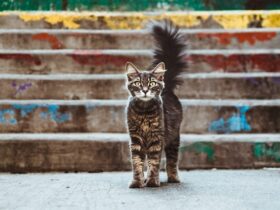
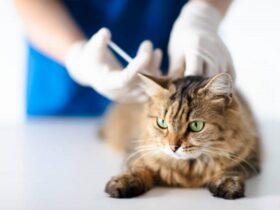



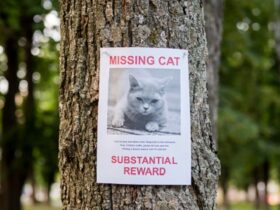
Leave a Reply